More than 300 high school and college engineering students tested their mechanical, electrical, computer and systems engineering skills, as well as their presentation skills and teamwork, while competing for cash prizes at the recent 20th International RoboSub Competition.
The week-long competition, cosponsored by the Office of Naval Research (ONR) and the Association of Unmanned Vehicles International Foundation (AUVSIF), was held in San Diego at the Space and Naval Warfare Systems Center Pacific Transducer Evaluation Center pool-a test facility filled with six million gallons of water to simulate a vast underwater expanse.
"Competitions like RoboSub are a win-win for participants and the Navy," said Dr. Daniel Deitz, a program officer in ONR's Ocean Battlespace Sensing Department and RoboSub judge. "It provides students with career field experiences and, for the Navy, it provides a venue for development and better understanding of autonomous undersea vehicles [AUV]."
Autonomous systems will extend the air, surface, underwater and ground vehicle capabilities of the Navy and Marine Corps, as shown in recent exhibitions like Unmanned Warrior and the S2ME2 ANTX [Ship-to-Shore Maneuver Exploration and Experimentation Advanced Naval Technology Exercise].
"As unmanned and autonomous technologies advance, the Navy will continue to improve the science behind autonomous vehicles," said Deitz. "We hope today's RoboSub participants will become those engineers, and contribute great ideas and innovative concepts about what the next unmanned systems will look like and how they will operate."
Developing that next generation of engineers and scientists is vital because, as the recent establishment of Task Force Ocean by Chief of Naval Operations Adm. John Richardson indicates, autonomous systems will extend our knowledge of the global oceans, and the air, surface, underwater and ground vehicle capabilities of the Navy and Marine Corps.
Since its inception 20 years ago, RoboSub has seen the number of teams and levels of competition grow. This year's 46 teams-each with their own student-designed-and-built autonomous submarine-hailed from 14 U.S. states and various countries, including Brazil, Canada, China, India, Japan, Russia, Singapore and Thailand.
Teams had to design and build an autonomous submarine to complete a series of visual- and acoustic-based tasks simulating work required of robotic subs in many facets of underwater activity-without human or computer interaction by team members.
Missions ranged from simple tasks like touching colored buoys, passing over an obstacle without touching it and dropping markers into a bin-to complex actions like firing mock torpedoes through small cutout holes, identifying sound from an acoustic pinger, grabbing and moving an object, surfacing the AUV, and knocking balls outside of an octagon.
Cornell University took this year's top prize of $4,500. Far Eastern Federal University from Russia won second prize and $4,000, and National University of Singapore placed third for $3,000. Earning fourth place and $2,000 was Harbin Engineering University from China. Georgia Institute of Technology rounded out the top five, taking home $1,000.
Smaller awards of $1,500 and $1,000 in specially judged categories went to Cornell University, San Diego State University, University of Puerto Rico at Myaguez, McGill University and Embry-Riddle Aeronautical University.
The Author
Sierra Jones is a contractor for ONR Corporate Strategic Communications.








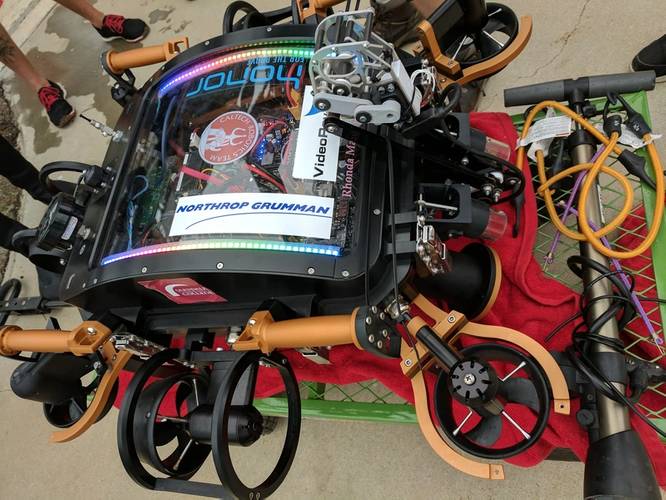
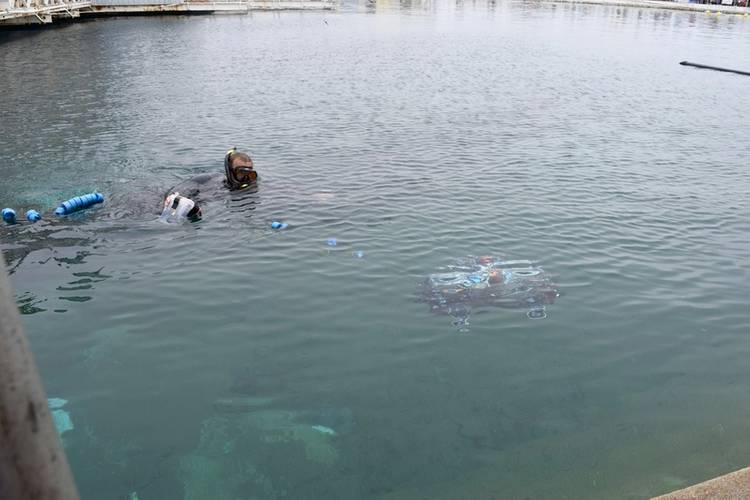
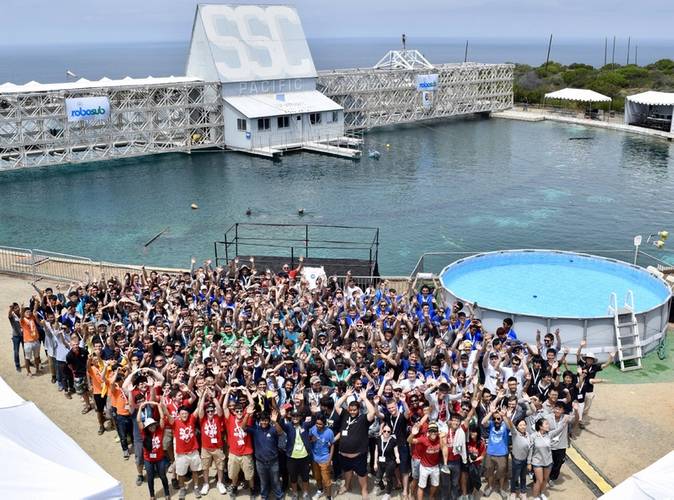

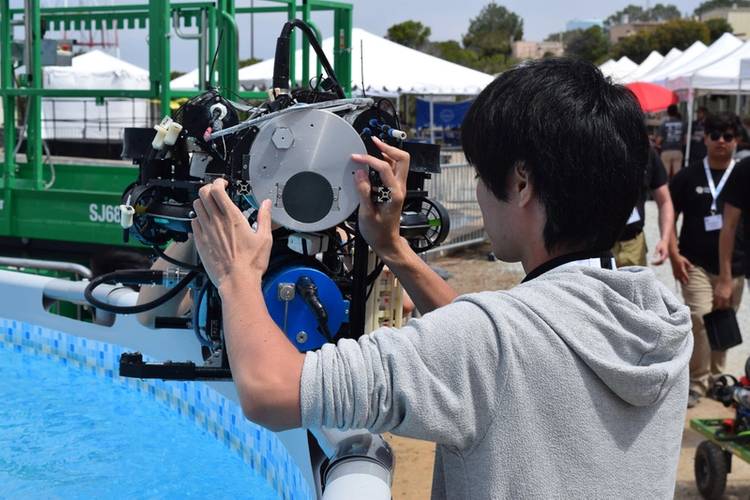
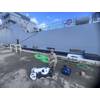
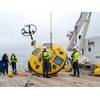
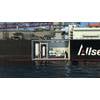
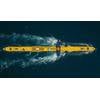
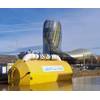
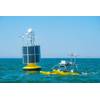





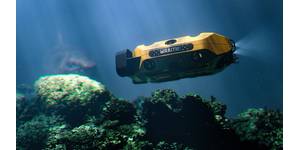

 August 2025
August 2025



